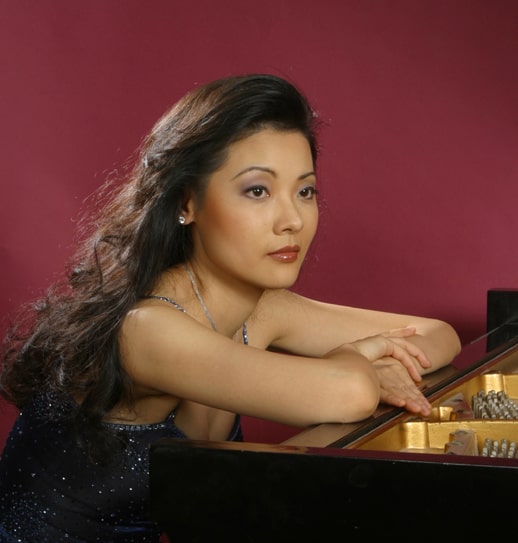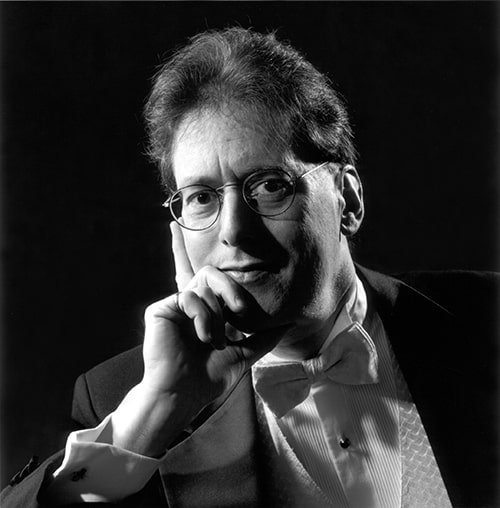
The lack of CPE Bach in my own collection is telling. Harold Schonberg dismisses CPE in two sentences, noting that while he was influential in his day, CPE “seems to have been a little embarrassed by the old-fashioned quality of JS Bach’s music” because he disposed of the original plates of the Art of the Fugue. Undoubtedly true, but one hopes for more. This dissing extends to academia where music history classes relegate him to an uncomfortable transitional area between the Baroque and Classical and end the discussion there. My old lecture notes on Fantasie in F # Minor make the point: “No continuo. Lacking in musical continuity. Keeps changing. This work is played on a period instrument – forte piano – sounds rickety.” The instructor went on to note that the piece is “endearing and lovable, but it doesn’t pull off what it is trying to do because it has the clunkiness of blocks that are stitched together. Sounds eccentric.”
Exquisitely beautiful.
All of this overlooks something more fundamental: this music is exquisitely beautiful. This, more than anything else, was the point made by Wednesday’s PBO concert, which opened with CPE’s Symphony in E Minor (Wq 177). The piece begins with three quarter notes that proceed in carefully measured half steps. Ornamented with only a single perfectly executed trill that follows, they lead the unsuspecting to frantic scalar passages that leave you holding your breath in excitement, wondering where all this will go. The arrangement offered up by the PBO was particularly colorful, with full brass and wind parts.
Just in case the point wasn’t made, the symphony was followed by CPE’s Keyboard Concerto in B Minor (Wq 30), with guest Robert Levin on harpsichord. Levin just might be the most exciting harpsichordist since PBO brought in Lars Ulrik Mortensen several years ago. Levin’ intelligent performance persona squares perfectly with this music.

However, the heart of Levin’s performance followed after intermission when he was joined by Ya-Fei Cheung on fortepiano for CPE’s Concerto for Fortepiano and Harpsichord in E♭ Major (Wq47). This is a gloriously fun piece, that alternates bird call with scalar passages, in a delightful call-and-answer, and together Levin and Cheung milked it for all it was worth. It’s easy not to think of the harpsichord as a particularly expressive instrument, nor the fortepiano as a dominant one, but Levin and Cheung made this high energy frolic all the more palpable as they balanced restraint against exuberance. While the keyboard solos of all three movements qualified as those rare lifetime experiences that take up residence in your head, the feeling was particularly acute in the short third movement Vivace that ended all too soon.
The evening closed with Haydn’s Symphony No. 68, which paired beautifully with the CPE that preceded it. A jokey piece, it showed the PBO at its best.
This concert will be repeated on February 7, 8, and 9th, in Berkeley and San Francisco.


